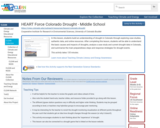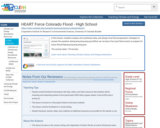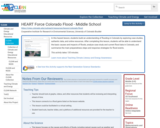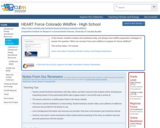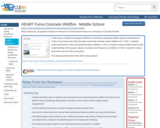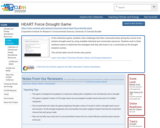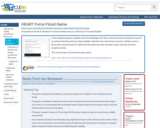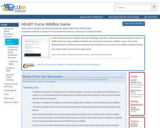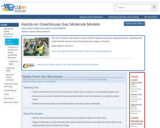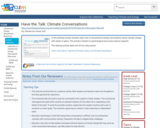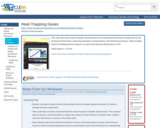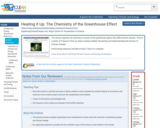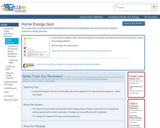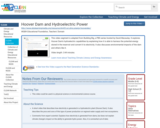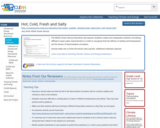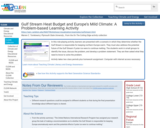
In this role-playing activity, learners are presented with a scenario in which they determine whether the Gulf Stream is responsible for keeping northern Europe warm. They must also address the potential future of the Gulf Stream if polar ice were to continue melting. The students work in small groups to identify the issue, discuss the problem, and develop a problem statement. They are then asked what they need to know to solve the problem.
- Subject:
- Applied Science
- Atmospheric Science
- Environmental Science
- Oceanography
- Physical Science
- Material Type:
- Activity/Lab
- Provider:
- CLEAN: Climate Literacy and Energy Awareness Network
- Provider Set:
- CLEAN: Climate Literacy and Energy Awareness Network
- Author:
- From the On The Cutting Edge activity collection
- Plymouth State University
- Warren C. Tomkiewicz
- Date Added:
- 06/19/2012


